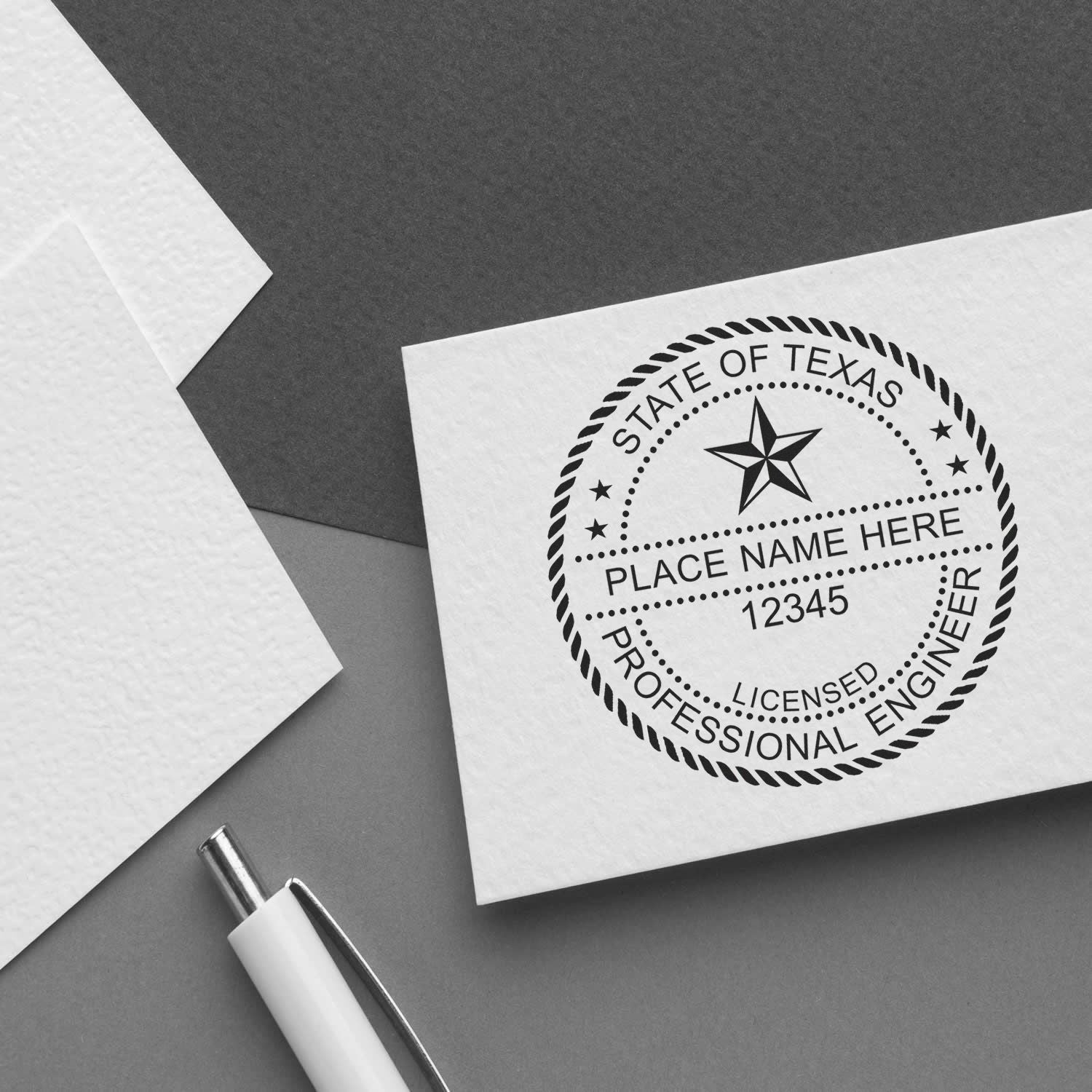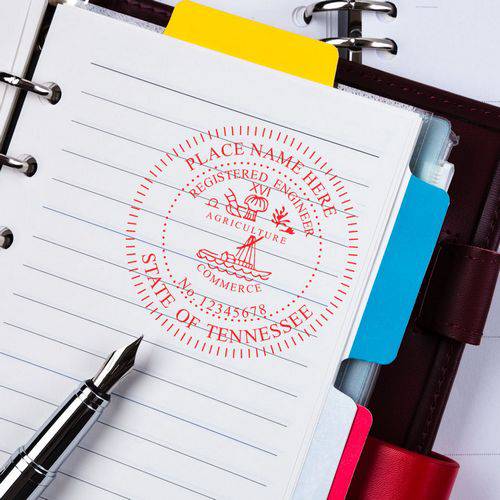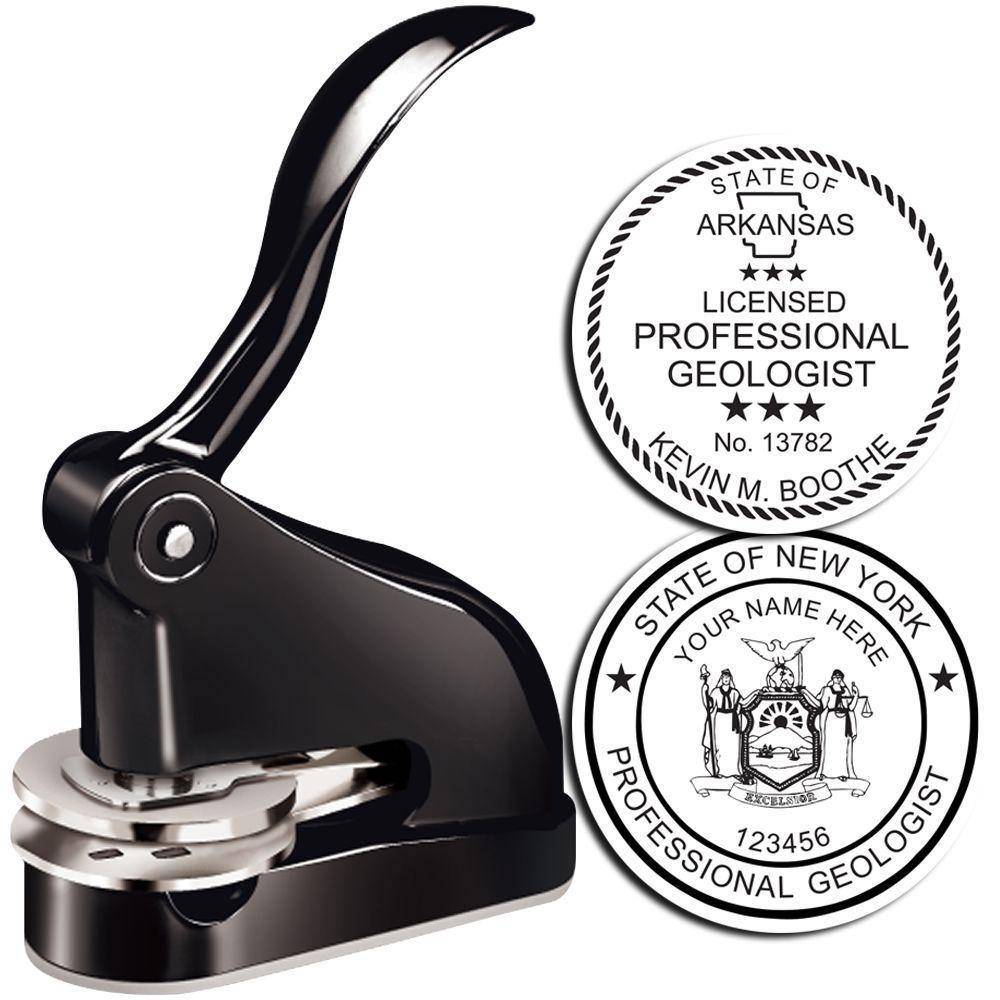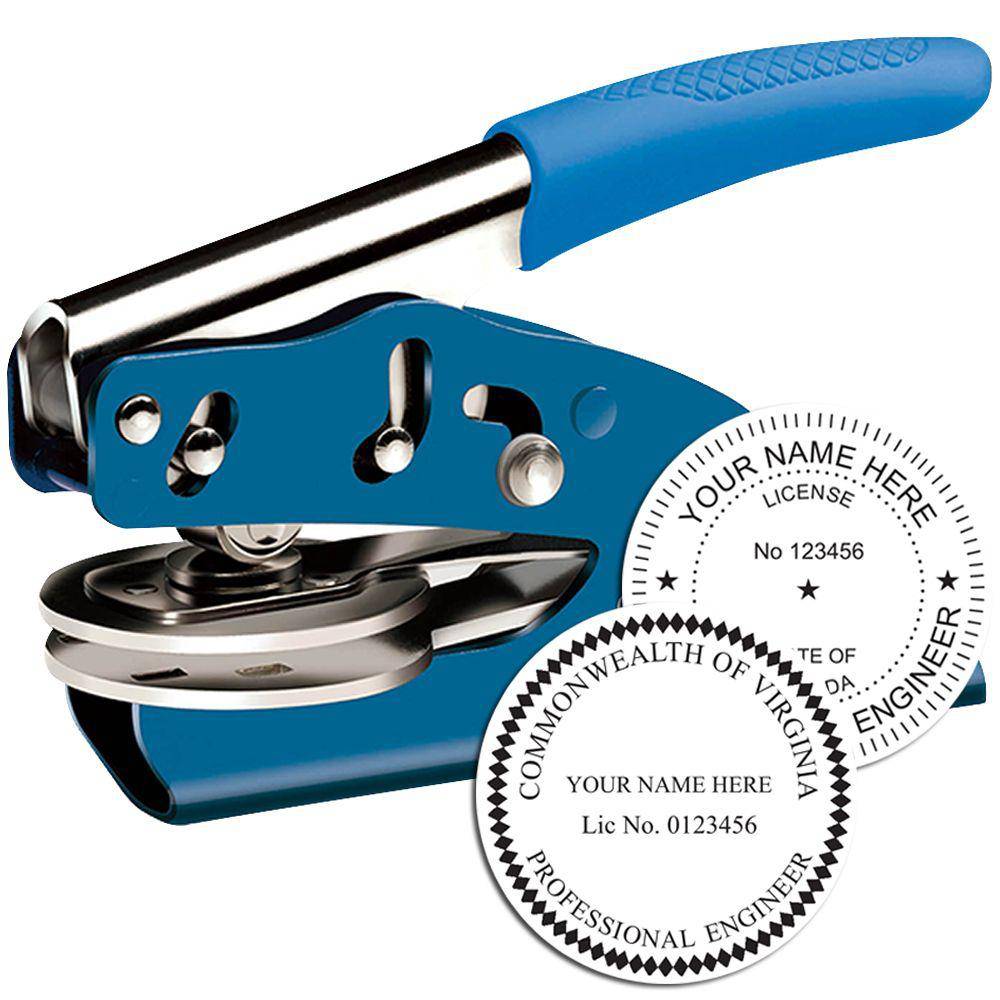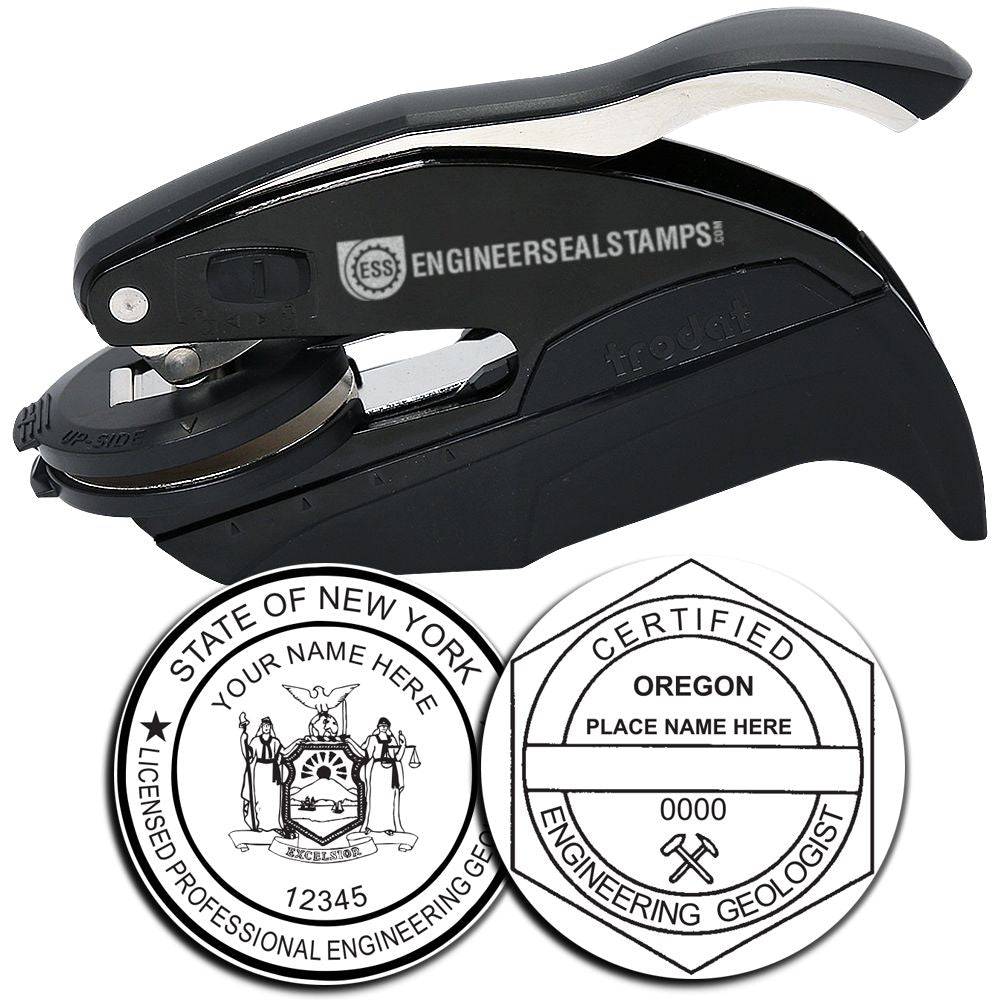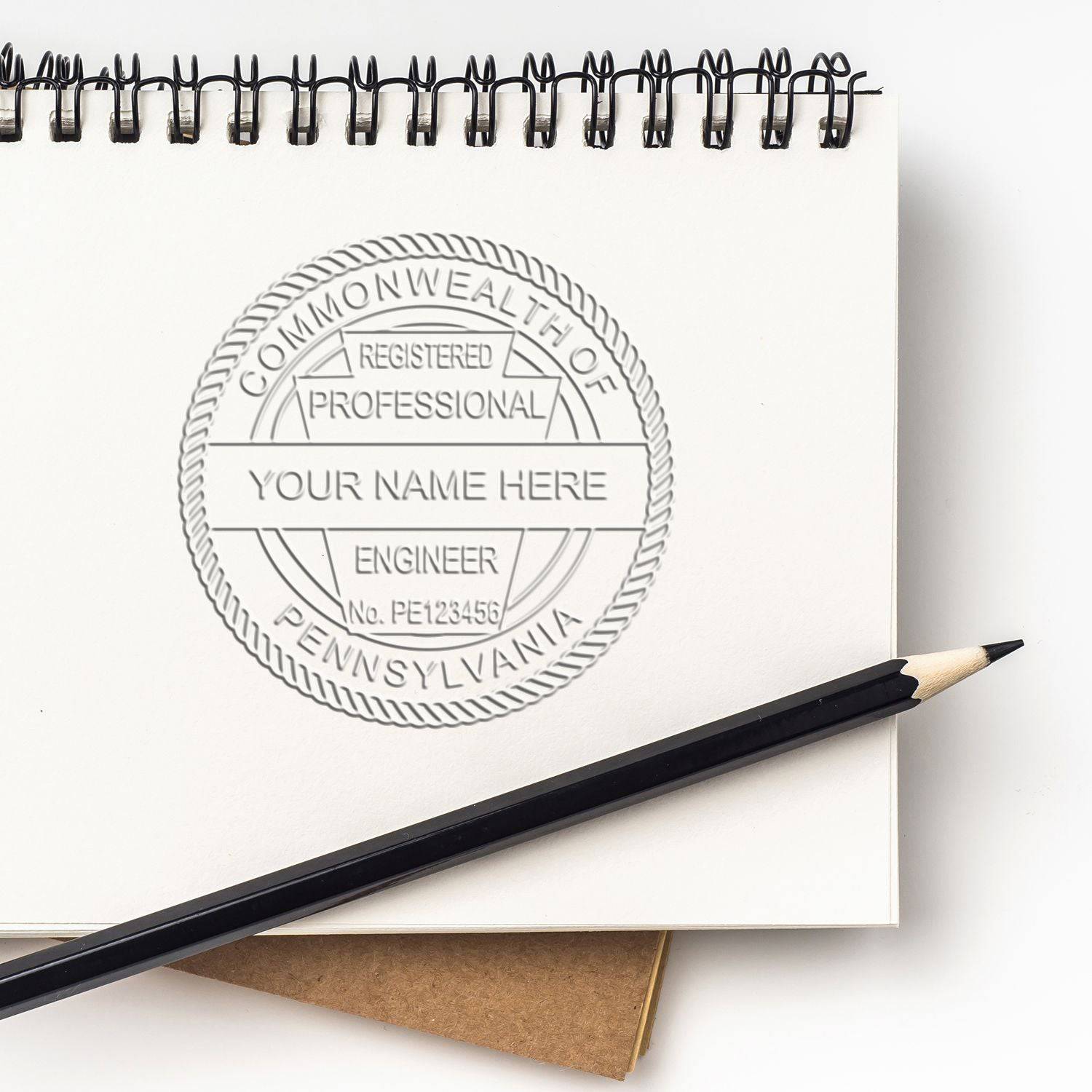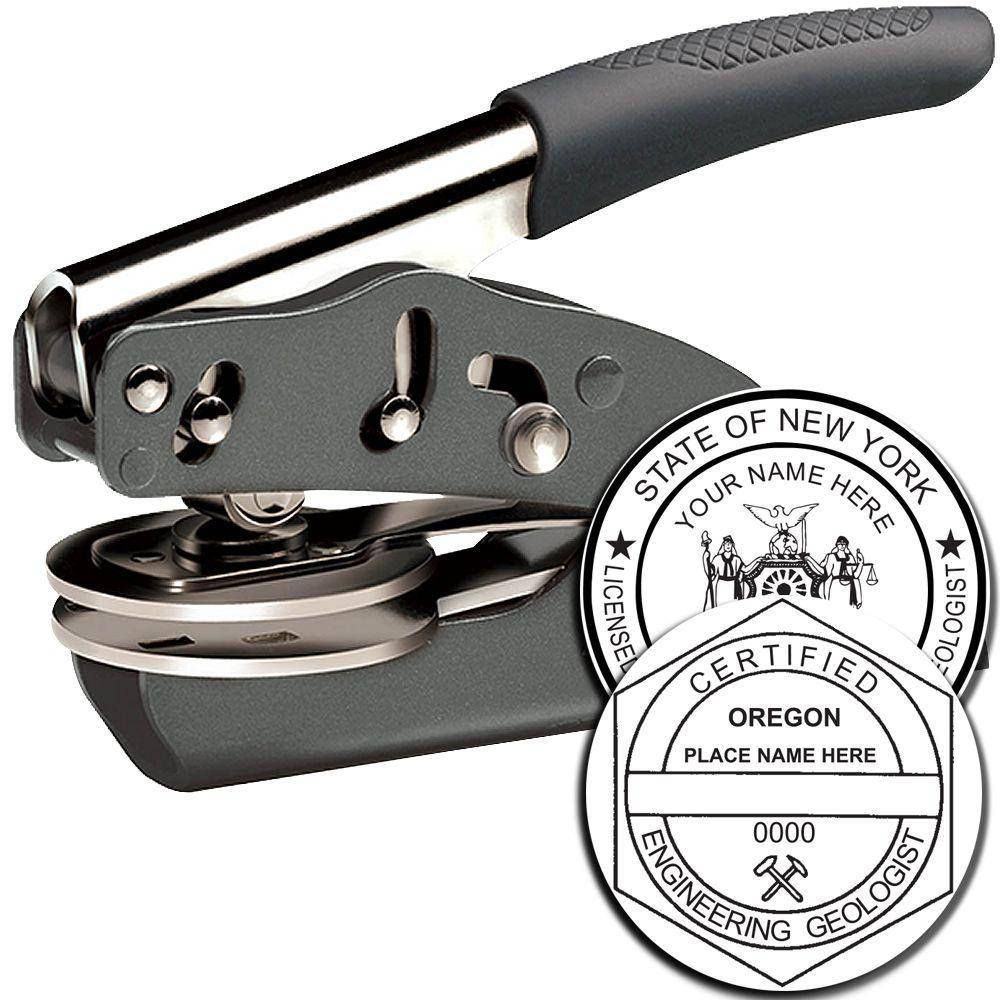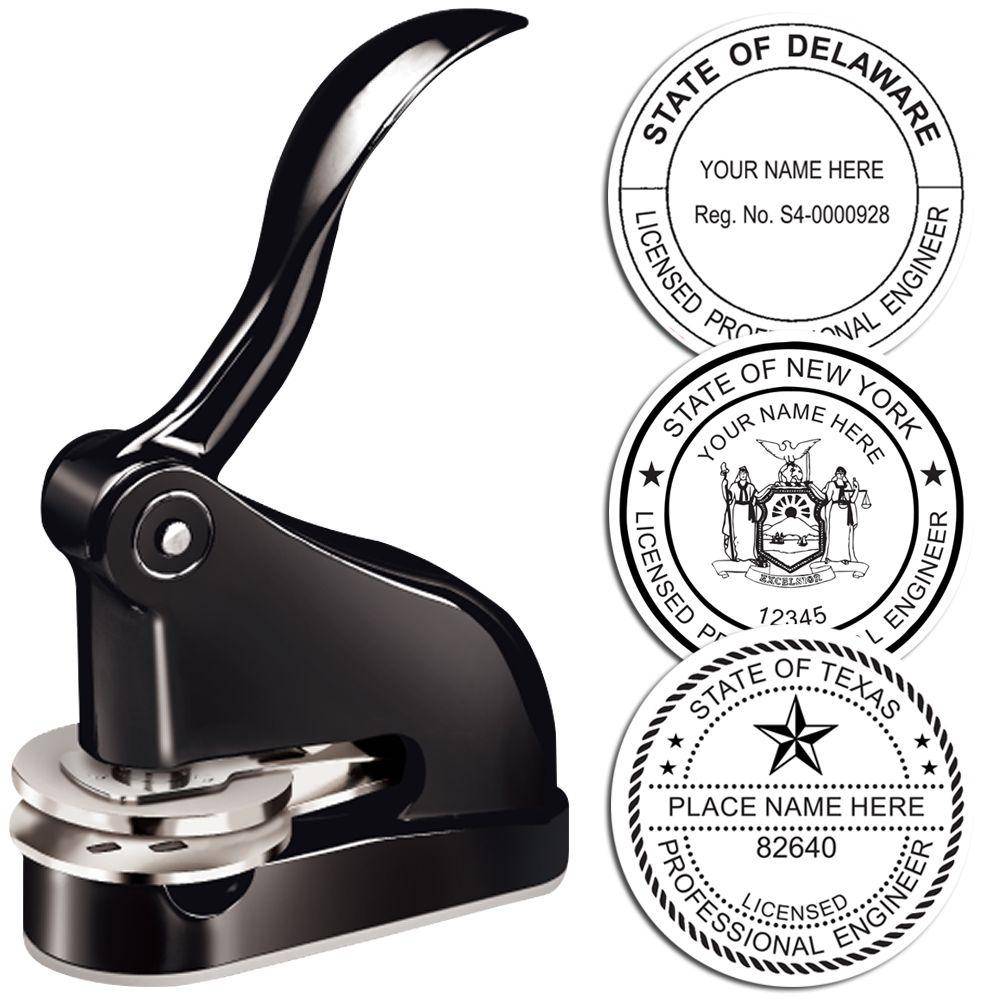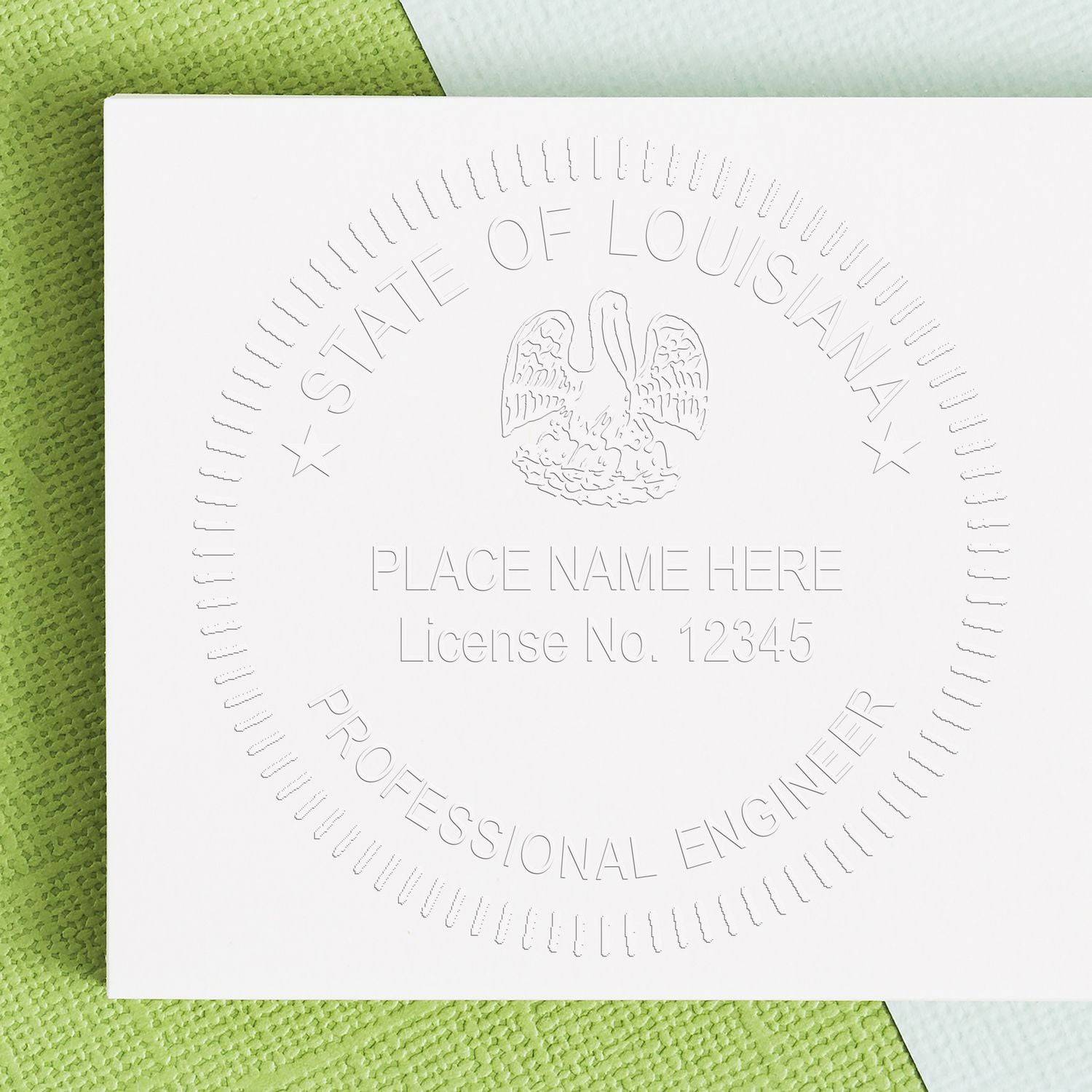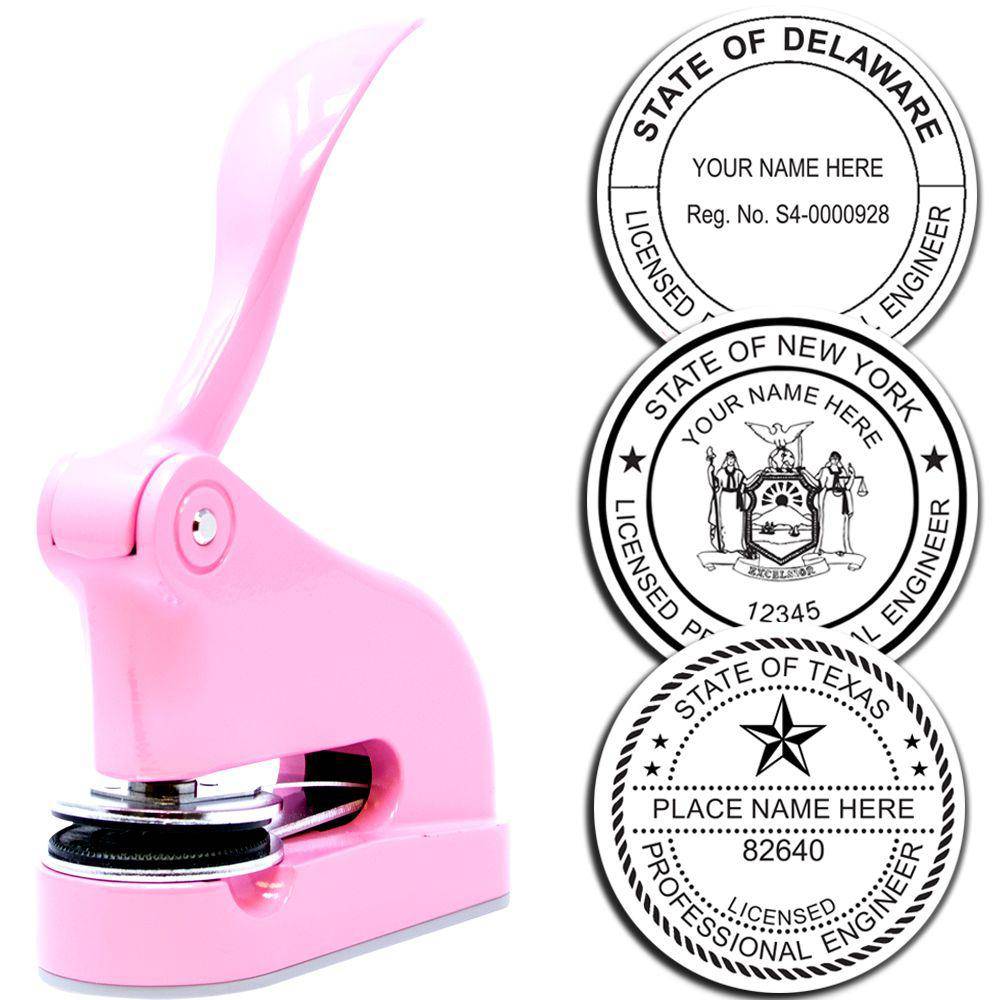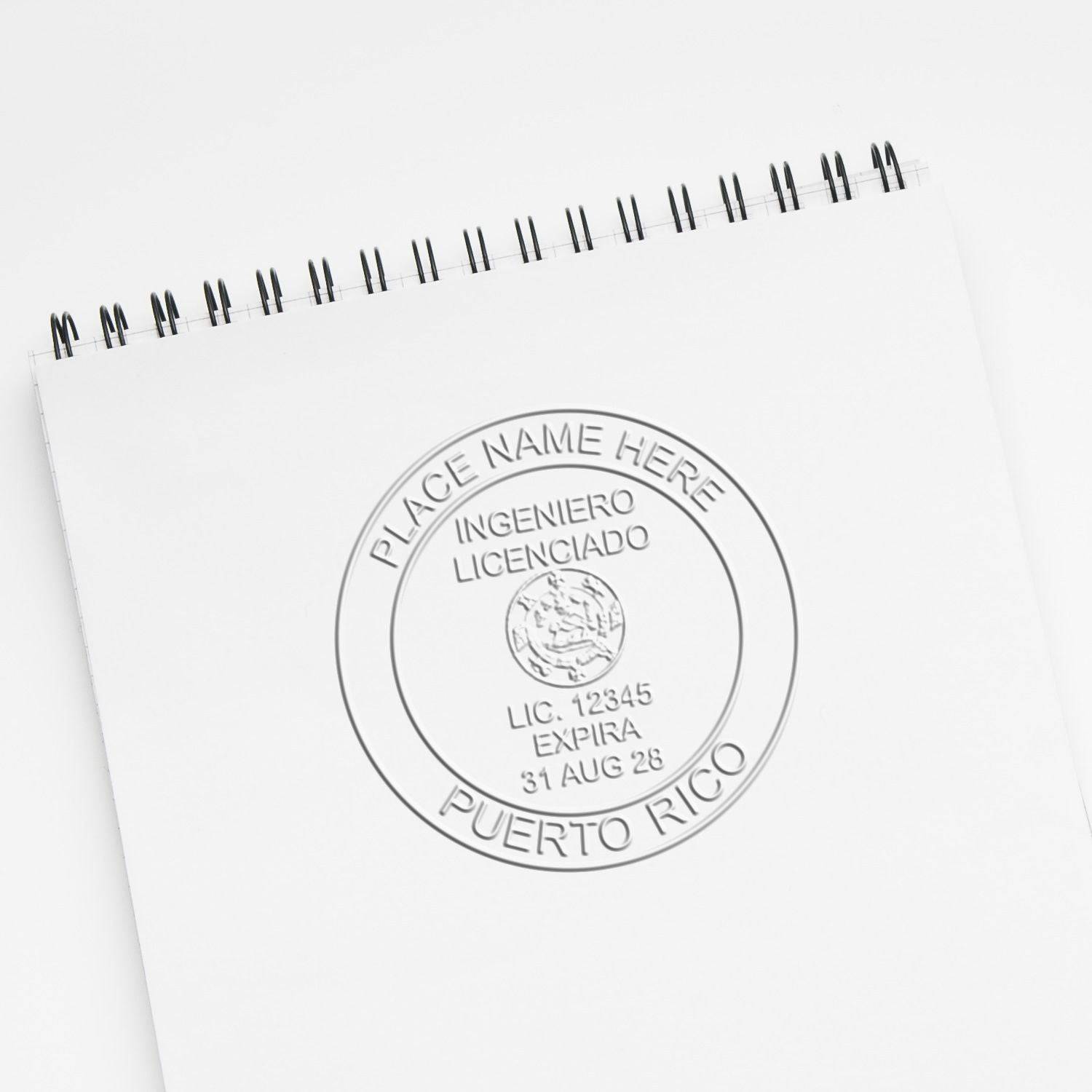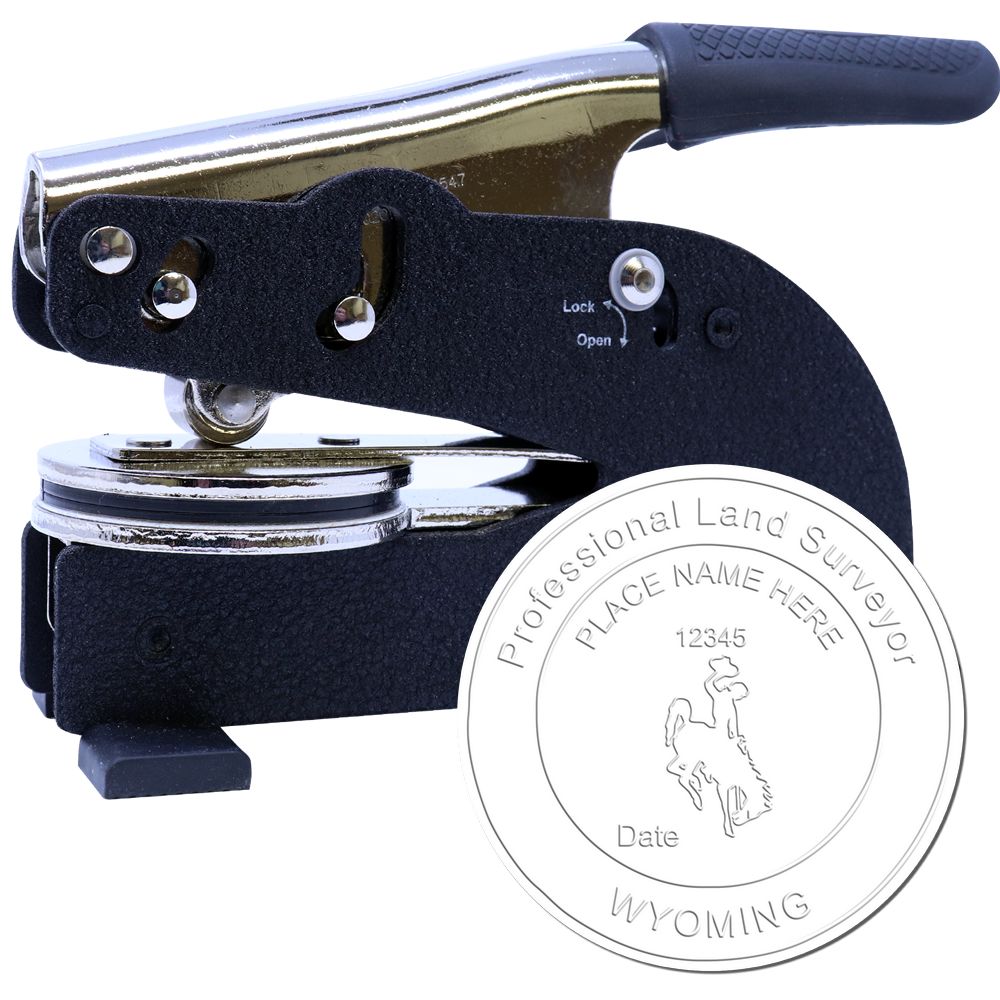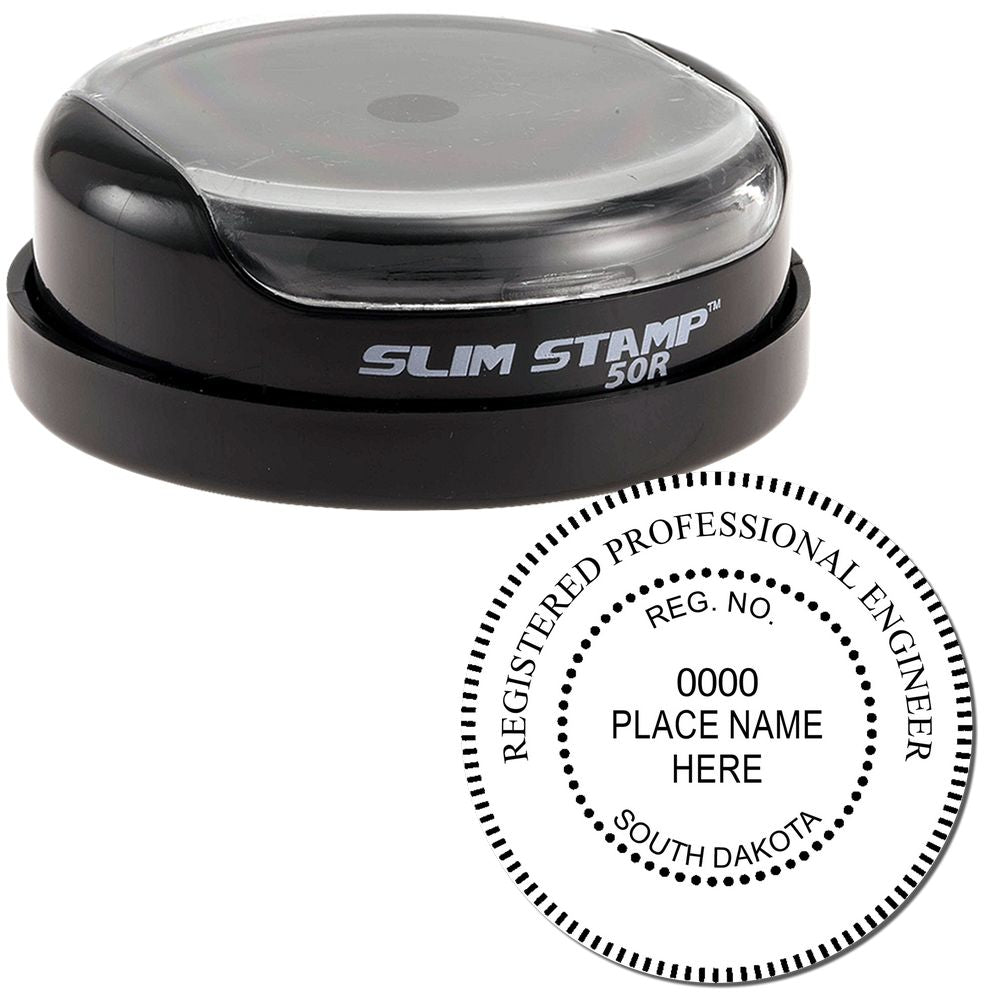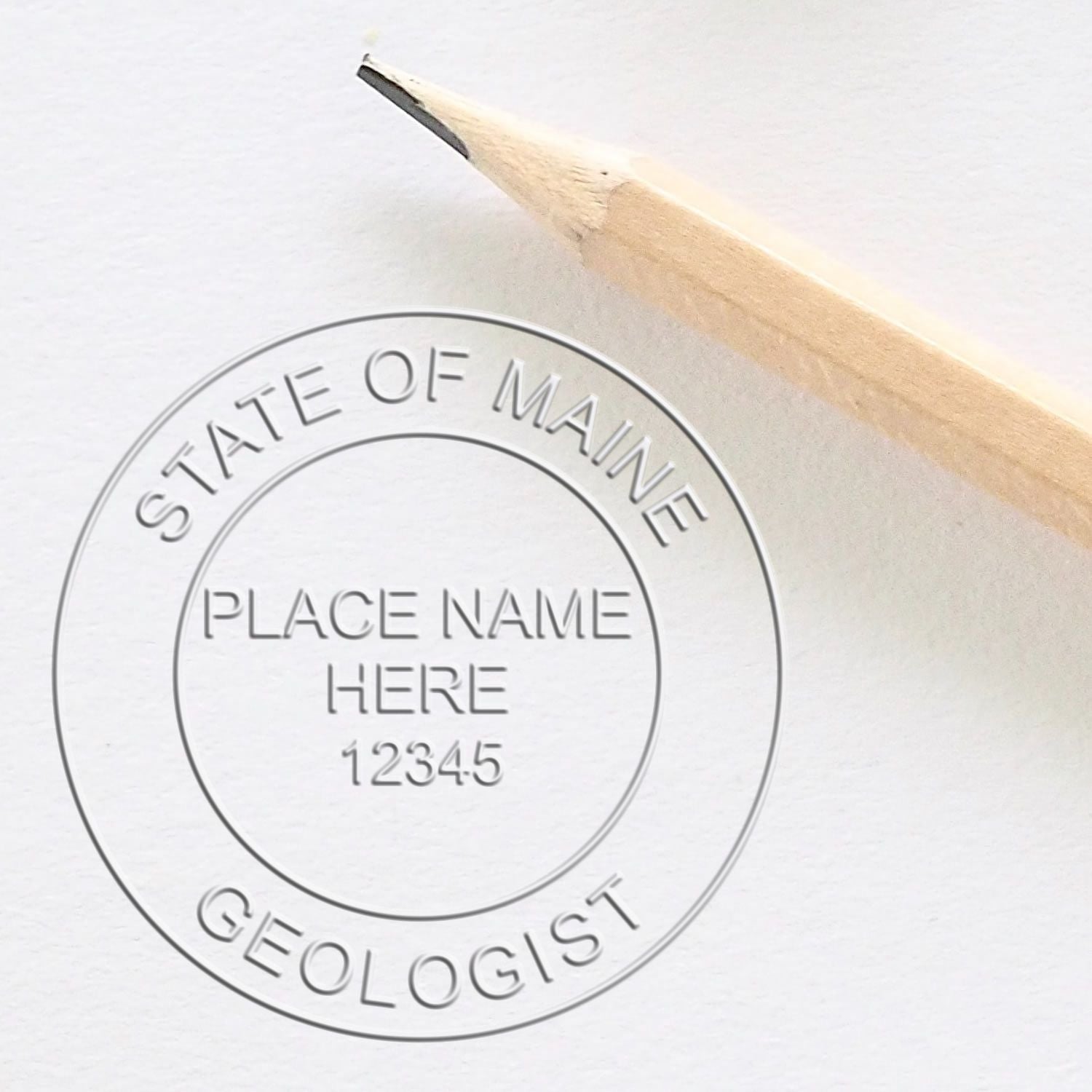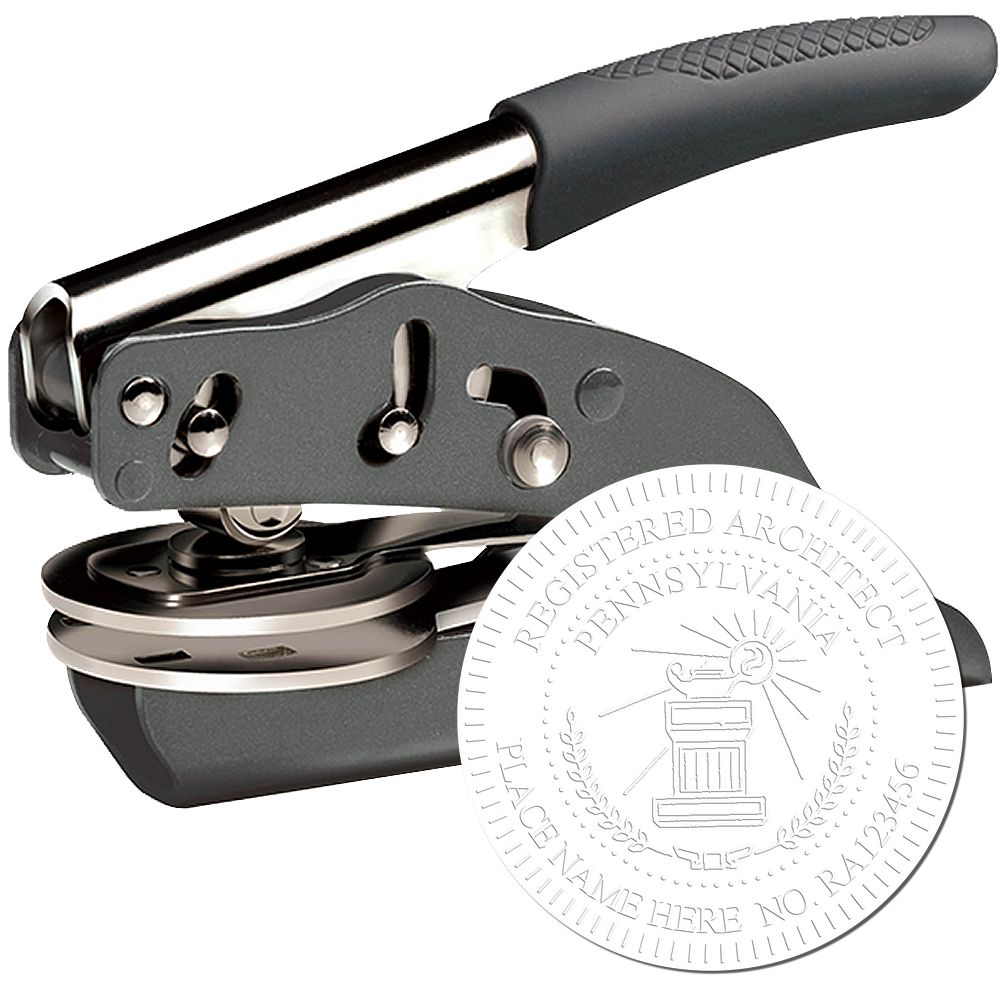The Importance of PE Stamps and PE Seals
When it comes to engineering, PE Stamps and PE Seals play a crucial role in ensuring the safety and quality of engineering work. But what exactly are PE Stamps and PE Seals, and why are they important?
What are PE Stamps and PE Seals?
A PE Stamp is a stamp or impression that bears the official seal of a licensed Professional Engineer (PE). This stamp, usually affixed to engineering documents, signifies that the work has been reviewed, approved, and certified by a qualified professional.
PE Stamps typically contain important information, such as the engineer's name, license number, and the jurisdiction in which they are registered. The specific design and elements of a PE Stamp may vary depending on state or jurisdictional requirements. To learn more about the details and requirements of a PE Stamp, refer to our article on what is a PE stamp?.
Why are PE Stamps and PE Seals Important?
PE Stamps and PE Seals are of paramount importance in the engineering field. They serve several key purposes:
-
Verification of Professional Credentials: A PE Stamp provides assurance that the engineer responsible for the work holds the necessary qualifications, expertise, and professional licensure. This verification is essential for maintaining public trust and safety.
-
Compliance with Regulatory Requirements: Many jurisdictions have laws and regulations that require certain engineering documents to bear a PE Stamp. These regulations are in place to safeguard public health, safety, and welfare. By adhering to these requirements, engineers demonstrate their commitment to professional standards and legal compliance.
-
Liability Protection: A PE Stamp serves as a form of documentation that an engineer has exercised their professional judgment and fulfilled their duty of care. In the event of a dispute or legal claim, the presence of a PE Stamp can be crucial in establishing the engineer's professional responsibility and standard of care.
-
Recognition of Engineering Expertise: A PE Stamp represents the culmination of an engineer's education, experience, and examination. It signifies their technical competence and dedication to upholding the highest standards of the profession. This recognition can enhance an engineer's reputation and credibility within the industry.
By adhering to the guidelines and regulations surrounding PE Stamps and PE Seals, engineers can ensure that their work meets the required standards and contributes to the overall integrity of the engineering profession. To learn more about the specific requirements and guidelines associated with PE Stamps, refer to our article on importance of PE Stamps.
In the next section, we will delve deeper into the regulations and considerations surrounding PE Stamps to provide a comprehensive understanding of the topic.
Understanding PE Stamp Regulations
To comprehend the regulations surrounding PE stamps, it is essential to delve into three key aspects: licensing and registration requirements, state and jurisdictional variations, and professional engineer responsibilities.
Licensing and Registration Requirements
Obtaining a PE stamp involves meeting specific licensing and registration requirements. Professional engineers must typically complete an accredited engineering program, gain relevant work experience, and pass the Professional Engineering (PE) exam. The PE exam assesses the candidate's competency in their chosen engineering discipline.
Once the licensing requirements are fulfilled, engineers can apply for registration with the appropriate state or jurisdictional engineering board. The application process may vary depending on the region, so it is crucial to familiarize oneself with the specific requirements of the relevant licensing board. For further information, refer to our article on PE stamp application process.
State and Jurisdictional Variations
PE stamp regulations can vary from state to state and even among different jurisdictions within a state. Each state engineering board sets its own guidelines and requirements for PE stamps. These variations may include differences in the design elements, size restrictions, or specific information that must be included on the stamp. It is crucial for professional engineers to familiarize themselves with the regulations of the state or jurisdiction in which they intend to practice.

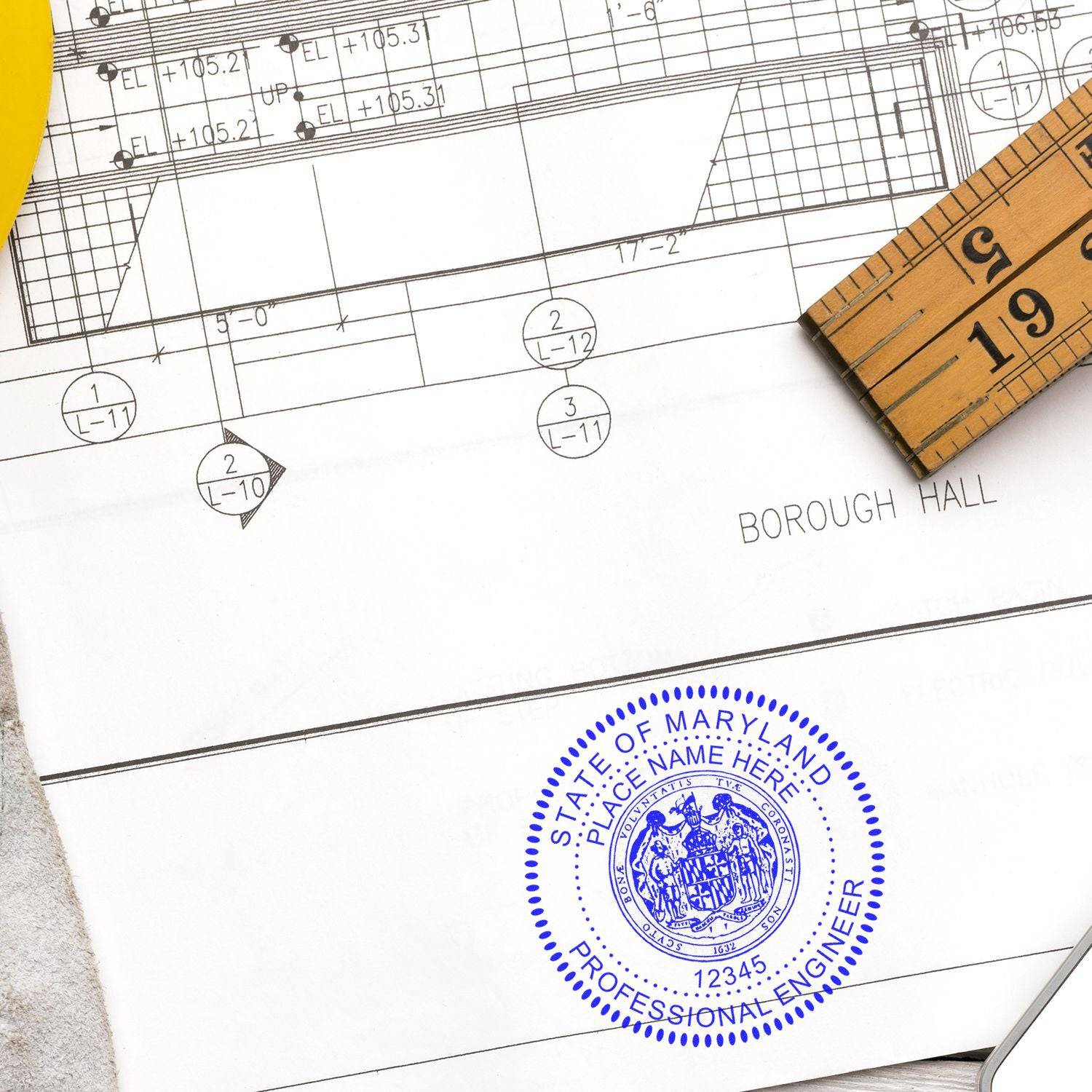
For example, some states may require the inclusion of the engineer's license number on the stamp, while others may specify certain design elements or size restrictions. To ensure compliance with the specific regulations in your area, it is advisable to consult the guidelines provided by the relevant licensing board. Our article on PE stamp requirements provides further insights on this topic.
Professional Engineer Responsibilities
Professional engineers bear significant responsibilities when using a PE stamp. They are accountable for ensuring that all engineering work they stamp complies with applicable codes, standards, and regulations. This includes reviewing and approving documents, such as engineering drawings, calculations, or specifications, to certify their accuracy and compliance. Furthermore, professional engineers must maintain professional standards and adhere to ethical guidelines in their engineering practice.
Staying up-to-date with the latest regulations is essential for professional engineers. Changes in codes, standards, or state regulations can impact the requirements for using a PE stamp. It is crucial to regularly review and update one's knowledge of the regulations to avoid potential errors or violations. Our article on the importance of PE stamps further emphasizes the professional responsibilities associated with PE stamps.
Understanding PE stamp regulations not only ensures compliance with the law but also upholds the integrity and professionalism of the engineering practice. By familiarizing oneself with the licensing and registration requirements, state-specific variations, and professional engineer responsibilities, engineers can confidently navigate the world of PE stamps and fulfill their responsibilities with diligence.
Designing and Ordering PE Stamps and PE Seals
When it comes to designing and ordering PE stamps and PE seals, there are specific guidelines and considerations that professional engineers need to keep in mind. These guidelines ensure that the stamps and seals meet the necessary requirements and maintain professional integrity. Let's explore the key aspects of design, placement, size, and material considerations.
Design Elements and Requirements
The design of a PE stamp or PE seal should adhere to certain elements and requirements to ensure its authenticity and professionalism. It typically includes the engineer's name, license number, and the words "Professional Engineer" or abbreviation "P.E." The seal may also include the state or jurisdiction where the engineer is licensed.
The design should be clear, legible, and easily reproducible. It's important to choose a design that reflects the engineer's professionalism and aligns with the industry standards. However, the specific design elements and requirements may vary depending on the state or jurisdiction. For detailed information on the design requirements in your area, refer to our article on PE stamp requirements.
Placement and Size Guidelines
To ensure the validity and visibility of a PE stamp or PE seal, there are guidelines for their placement and size. In most cases, the stamp or seal should be placed on the final documents, such as engineering drawings or reports, in a visible location, such as the title block or the first page.
The size of the stamp or seal should be proportionate to the document and legible when reproduced or scanned. The exact size requirements may vary, but a common practice is to have the seal size between 1.5 to 2 inches in diameter. It's essential to follow the placement and size guidelines specified by the state or jurisdiction where the engineer is licensed. For more information, refer to our article on PE stamp guidelines.
Material and Durability Considerations
PE stamps and PE seals are often made from durable materials to ensure their longevity and integrity. Common materials include rubber, metal, or a combination of both. Rubber stamps are typically used for documents that require manual stamping, while metal stamps are suitable for electronic or digital formats.
The choice of material depends on factors such as personal preference, convenience, and durability. It's important to select a material that withstands repeated use and is resistant to wear and tear. This ensures that the stamp or seal remains legible and valid over time. Consider consulting with a reputable stamp manufacturer or supplier to choose the most suitable material for your PE stamp or PE seal.
By understanding the guidelines and considerations for designing and ordering PE stamps and PE seals, professional engineers can ensure that their stamps and seals meet the necessary requirements and maintain professional standards. Remember to refer to the specific regulations and guidelines in your state or jurisdiction to ensure compliance. For more information on the importance and verification of PE stamps, check out our article on the importance of PE stamps.
Ensuring Compliance with PE Stamp Regulations
To ensure compliance with PE stamp regulations, professional engineers must fulfill certain responsibilities. These include reviewing and approving documents, maintaining professional standards, and staying up-to-date with regulations.
Reviewing and Approving Documents
One of the primary responsibilities of a professional engineer is to review and approve engineering documents that require a PE stamp. This involves carefully examining the plans, drawings, calculations, and other technical documents to ensure that they meet the applicable engineering standards, codes, and regulations.
By conducting a thorough review, engineers can identify any potential errors or deficiencies that could compromise the safety or integrity of a project. This step is crucial in maintaining the professional integrity and reputation of the engineer, as well as safeguarding the public welfare.
Maintaining Professional Standards
Professional engineers are expected to maintain the highest standards of professionalism and ethical conduct. This includes adhering to the guidelines and codes of ethics set forth by professional engineering organizations and licensing boards.
By upholding these standards, engineers demonstrate their commitment to integrity, honesty, and competence. They must exercise sound professional judgment, prioritize public safety, and act in the best interest of their clients and the general public.
Staying Up-to-Date with Regulations
PE stamp regulations are subject to change and evolve over time. It is the responsibility of professional engineers to stay informed about any updates or revisions to these regulations. This includes being aware of changes in licensing requirements, state and jurisdictional variations, and industry-specific codes and standards.
Engineers can stay up-to-date by actively participating in professional development activities, attending conferences and workshops, and engaging with industry publications and resources. By staying current with the latest regulations, engineers can ensure that their work remains compliant and upholds the highest standards of professional practice.
By diligently fulfilling their responsibilities in reviewing and approving documents, maintaining professional standards, and staying informed about regulations, professional engineers can navigate the intricacies of PE stamp regulations effectively. This ensures that their work meets the necessary requirements and upholds the integrity of the engineering profession. For more information on PE stamps and their importance, visit our article on the importance of PE stamps.
Conclusion
In conclusion, understanding and adhering to PE stamp regulations is crucial for professional engineers. PE stamps and PE seals serve as official certifications of an engineer's expertise and authorization to practice in a specific jurisdiction. They play a vital role in ensuring public safety and maintaining professional standards in the engineering industry.
By familiarizing themselves with the licensing and registration requirements specific to their state or jurisdiction, professional engineers can ensure compliance with the regulations governing PE stamps. It is essential to understand any variations in requirements and responsibilities that may exist between different jurisdictions.
When designing and ordering PE stamps and PE seals, engineers must consider various design elements such as the inclusion of their name, license number, and the phrase "Licensed Professional Engineer." Additionally, they should adhere to placement and size guidelines, ensuring that the stamp is clearly visible on the engineering documents. Material and durability considerations are also important to ensure the longevity of the stamp.
To maintain compliance with PE stamp regulations, professional engineers must diligently review and approve documents within their area of expertise. They are responsible for upholding professional standards and ensuring that their work meets all relevant regulations and codes. It is essential to stay up-to-date with any changes or updates in the regulations to ensure continued compliance.
In summary, PE stamps and PE seals are not only legal requirements but also symbols of an engineer's professionalism and accountability. By understanding and following the regulations governing these stamps, professional engineers can demonstrate their commitment to safety, quality, and ethical engineering practices. For more information on the importance and requirements of PE stamps, visit our article on the importance of PE stamps.
Note: The information provided in this article is for general informational purposes only and should not be considered legal advice. Professional engineers should consult their local licensing board or regulatory authorities for specific guidelines and requirements.
About ESS
Engineer Seal Stamps, also known as ESS, is a leading provider of high-quality custom rubber stamps, professional seals, and notary stamps. With a commitment to excellence in both product and service, we take great pride in offering a state board guarantee on all of our products. Our top-of-the-line engineer seal stamps and professional seals are perfect for architects, engineers, and anyone else in need of reliable and accurate stamping solutions.
At ESS, we understand that time is valuable. That's why we offer a quick turnaround on all of our products, ensuring that you receive your order in a timely and efficient manner. We believe that customer satisfaction is the foundation of any successful business, which is why we strive to provide stellar customer service to all of our clients. From the moment you place your order, our knowledgeable and friendly staff will work closely with you to ensure that your needs are met in every way possible.
In addition to our commitment to quality products and exceptional customer service, ESS also strives to be an environmentally conscious company. We make every effort to reduce our environmental impact by using sustainable and eco-friendly materials in our stamp production process. At ESS, we are dedicated to providing our customers with the highest quality stamping solutions. With our commitment to excellence, state board guarantee, quick turnaround, and environmentally conscious practices, you can trust that you are receiving the best products and service available.

